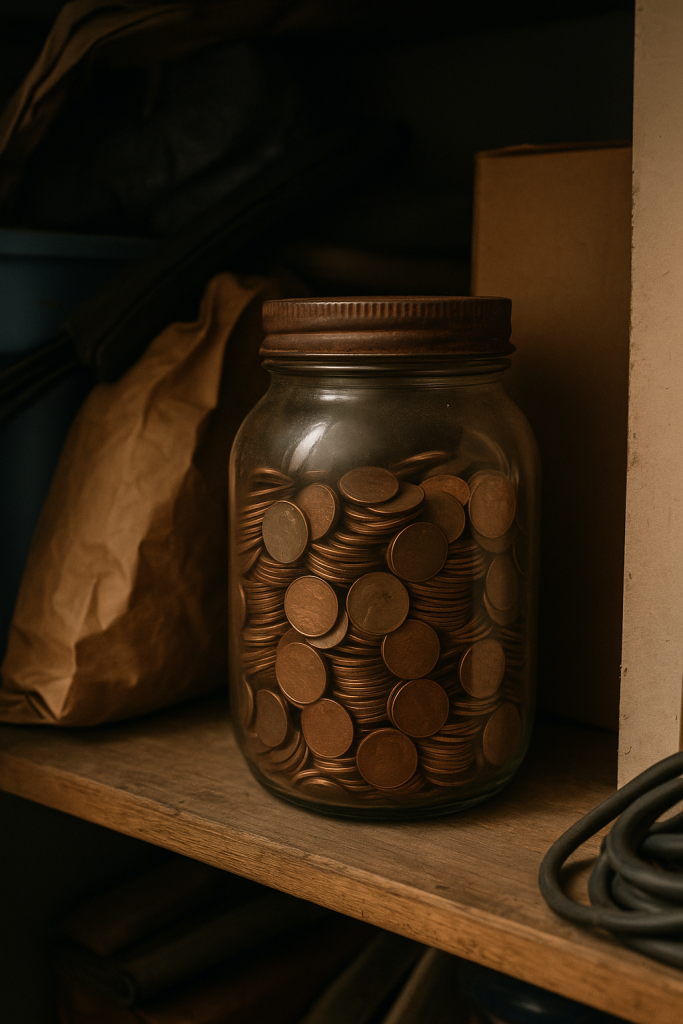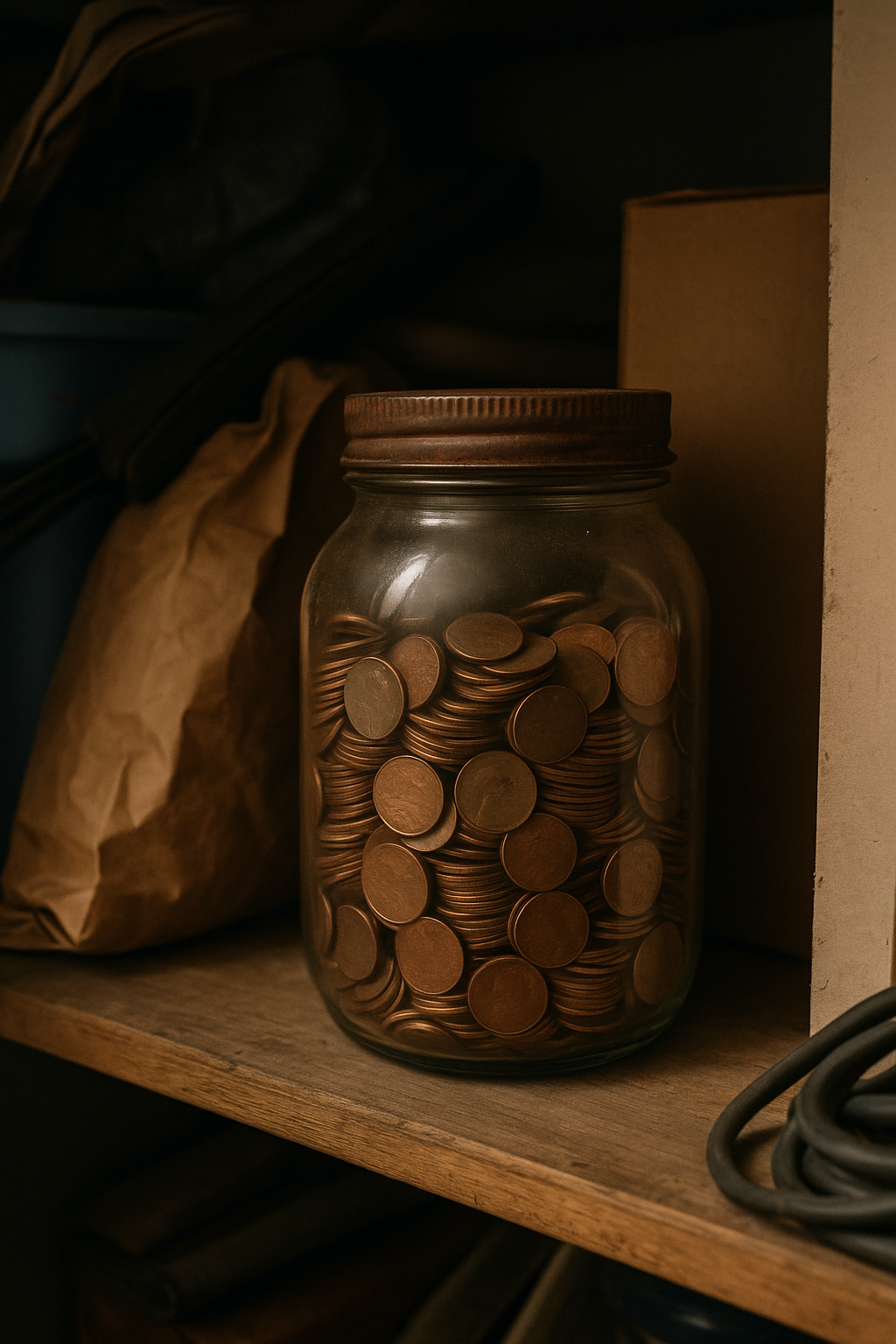How to Scan Your Change Jar for Hidden Value (without going crazy)
Everyone’s got a coin jar. Most of them sit in closets for years, stuffed with parking change and coffee money. But what if there’s actually something hiding in there? Not a jackpot. A few coins worth keeping, the kind most people miss because they don’t know what to look for.
The trick isn’t luck. It’s process. You don’t need fancy tools or a microscope. You just need to know how to move through a pile of coins fast, spot what matters, and skip what doesn’t.
Sort First, Don’t Search

The biggest mistake beginners make is diving straight in. They start picking up coins one by one, looking for doubling or rare dates before they even know what’s in front of them. That’s how you burn out in ten minutes.
Sort everything by denomination first. Pennies with pennies, nickels with nickels, and so on. It sounds boring, but it’s the only way to move efficiently. Patterns jump out when you’re looking at similar coins side by side. You’ll start noticing design shifts, mint marks, and odd color differences that would be invisible in a random pile.
This is also where you learn what normal looks like. Once you’ve stared at a few hundred of the same coin, the weird ones will scream at you. It’s how you train your eye, repetition and rhythm, not luck.
Create a Quick Filter System
Once you’ve sorted everything, you need a fast way to decide what’s worth a closer look. This is where most people slow down and lose steam. You’re not trying to grade coins right now. You’re just separating the obvious from the maybe.
Set up three piles.
- Keepers: Anything that looks older, off-center, doubled, or just plain strange.
- Maybes: Coins that might have potential but you’re not sure yet.
- Return: Everything else.
This keeps you moving. You’ll burn out fast if you treat every coin like a mystery to solve. Trust your first instinct. If it doesn’t catch your attention after a quick glance, it’s probably not special.
Once your keepers and maybes are stacked, that’s when you slow down. Grab a light and a loupe and give them a real look. That’s where you’ll start spotting things like die cracks, grease-filled dies, and real doubled dies.
What to Look for in the Keeper Pile
Now that you’ve trimmed down the junk, it’s time to slow your pace and start paying attention. You don’t need to stare at every scratch, but you should know what types of things are worth a closer look.
Start with the date and mint mark. Those two details control most of a coin’s value. If you see anything older than the 1960s, set it aside. That’s where silver coins and early key dates live. For modern coins, focus on the years that have well-known errors or varieties.
Next, check for condition. Sharp details, clean surfaces, and natural color are always good signs. Anything that looks polished or unnaturally shiny is likely cleaned, which kills value.
Finally, look for mint mistakes that stand out right away: off-center strikes, missing letters, filled dies, or real doubling. The key is boldness. Tiny marks and random dents are just circulation damage. Real errors jump out because they disrupt the design in a major way.
Work in Small Batches
Coin hunting gets old fast if you try to plow through a whole jar in one sitting. Your eyes glaze over, your focus slips, and before long you’re just staring at metal. Break the work into short sessions instead.
Dump a handful of coins, sort, filter, and scan. When your focus starts to fade, stop. Stretch, walk away, or call it a night. Coming back with fresh eyes always beats pushing through tired ones. You’ll catch more details that way and actually enjoy the process.
The same rule applies to rolls. Open a few, not a box. The point isn’t to finish everything. It’s to build rhythm and stay sharp. A slow, consistent pace finds more keepers than a marathon session ever will.
Keep What Teaches You, Spend the Rest
Not every coin you find will be valuable, and that’s fine. The point isn’t to strike gold. It’s to train your eyes and your instincts. Keep the coins that make you curious. Spend the rest without a second thought.
Once you get the hang of it, the process itself becomes part of the reward. The quiet sorting, the repetition, the way your mind zones in on tiny details and tunes everything else out. It’s focus without pressure. You’ll start to realize that searching through coins isn’t just about finding something rare. It’s about slowing down and paying attention.
Every session teaches you something. Maybe it’s a new date you’ve never seen, or maybe it’s just a moment of calm after a long day. Either way, the coins are doing their job.

